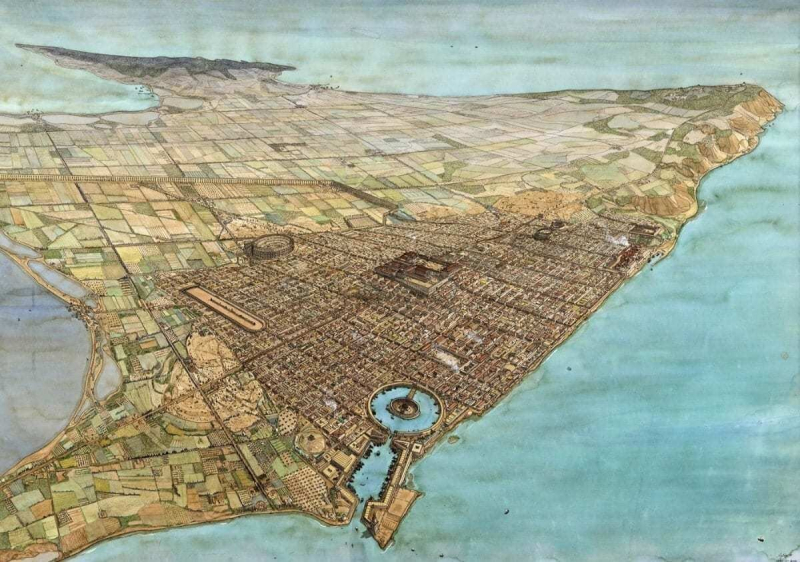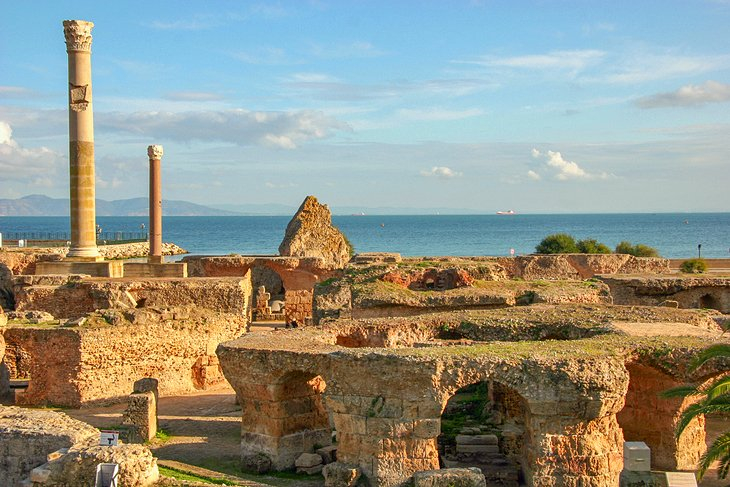Carthage
Only a few well-known cities have been destroyed before rising from the ashes. One such town was Carthage, which was constructed on a promontory along the Tunisian coast. The city, which the mythical queen Dido founded in 814 BCE, grew from a Phoenician settlement into the most significant commercial center in the ancient Mediterranean. The wealthy purple dye that the city exported was the main source of its income through commerce.
The "new city" at its height in the fourth and third centuries BCE, was a significant metropolis in the Western Mediterranean. A magnificent theater, several temples, and a sizable agora marketplace Carthage's epicenter of public life were all located inside the city's four residential districts, which were centered around the Byrsa fortress. The enormous twin harbors, a trading port, and a circular military port, which housed Carthage's naval force, would astound a visitor coming by water. Carthage's fleet served as the foundation of its strength and the main means of its growth, enabling it to assert authority over the majority of North Africa, Spain, Sicily, and Sardinia. This aggressive strategy pitted Carthage against Rome, another burgeoning regional power. The defeat and destruction of Carthage in the three Punic wars that followed occurred in 146 BCE.
However, the city was refounded in 44 BCE, this time as a Roman city, by Julius Caesar. Carthage, which was no longer a capital, kept its opulence and grew to be the biggest and most significant ancient Roman city in Africa. A huge temple to Jupiter, Juno, and Minerva was constructed on the ancient fortress. Numerous public structures, including baths, theaters, amphitheaters, and a sizable hippodrome, were constructed by the Romans. The already abundant agricultural output of Carthage was increased, and the city's hinterland eventually became the Empire's breadbasket. Carthage rose to prominence as the largest Christian hub in all of Roman Africa in the fourth century. The beauty of the city was unaffected by the Vandal conquest in 439 CE, and after the Byzantine invasion in 533, Carthage flourished as a significant agricultural region. In 698 BCE, the Islamic troops destroyed the city a second time, and this time it never recovered.
















